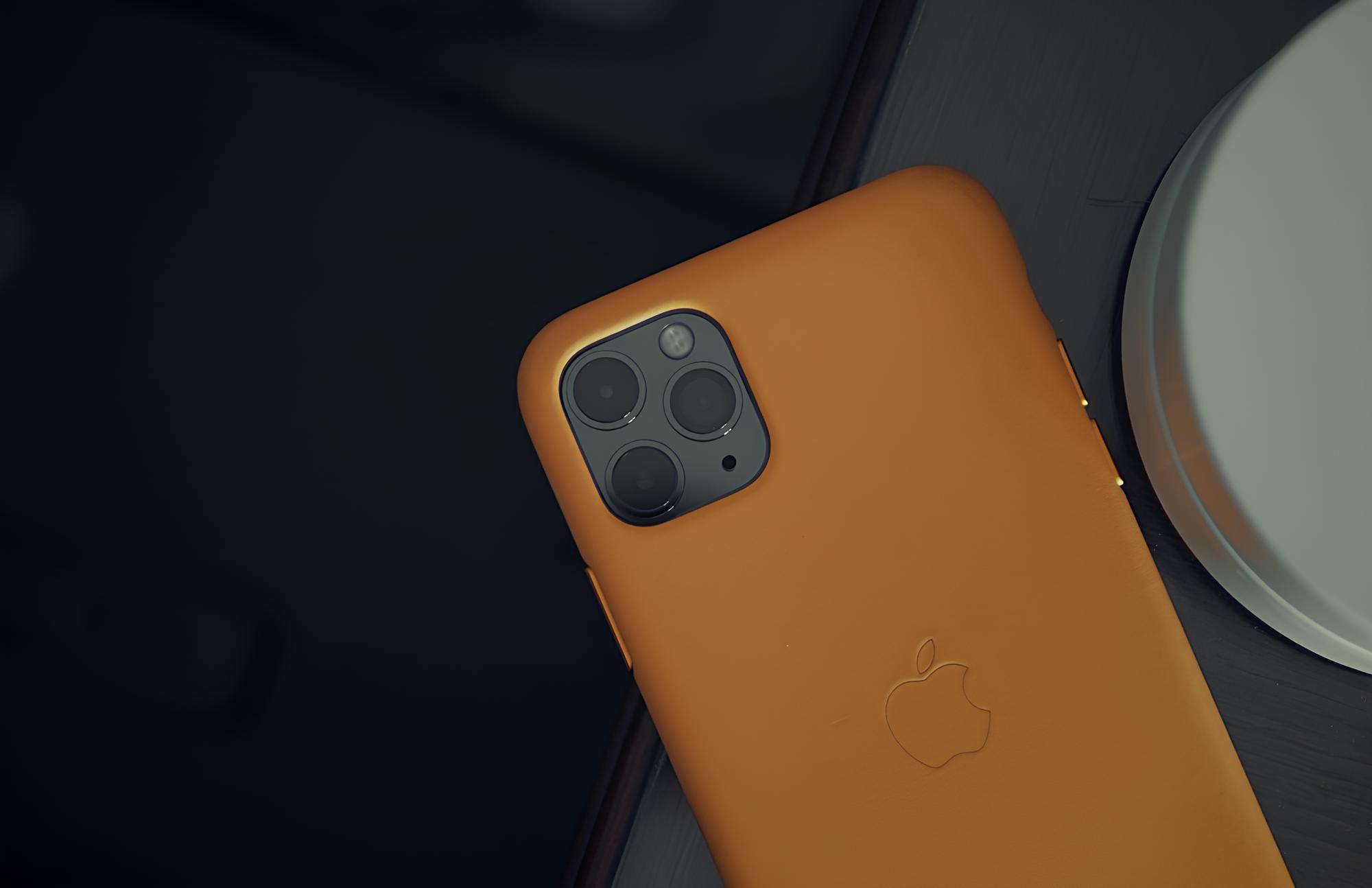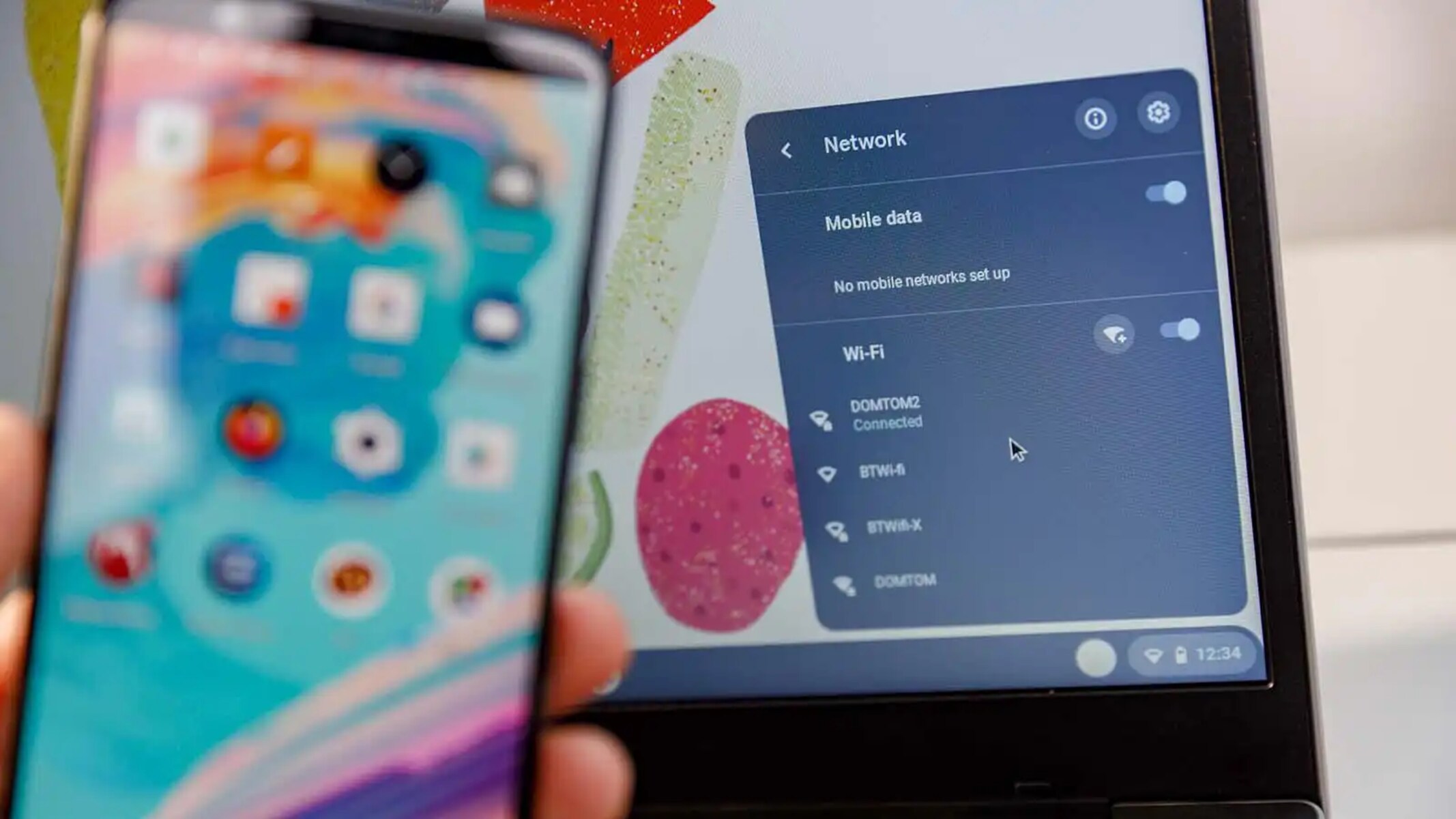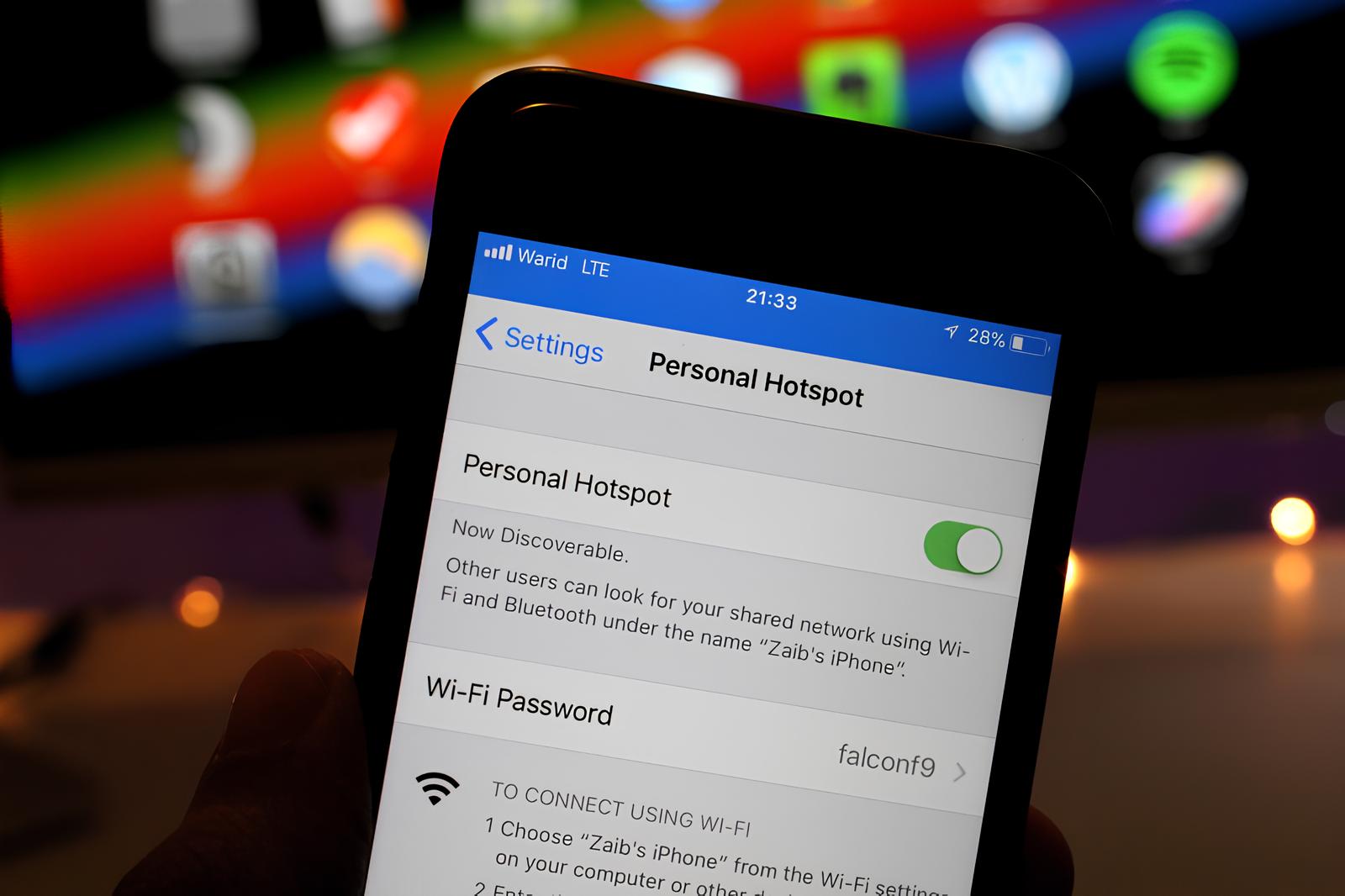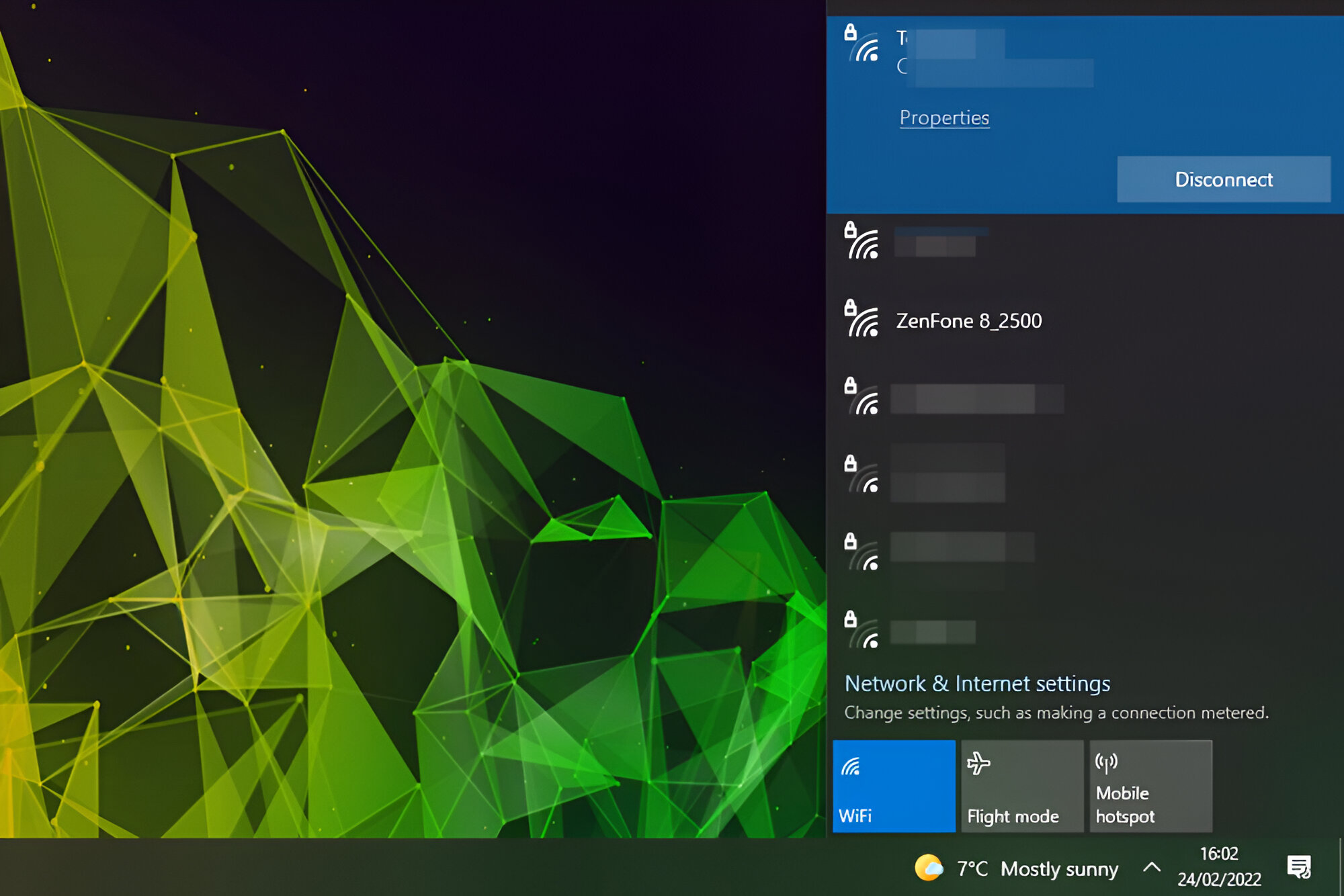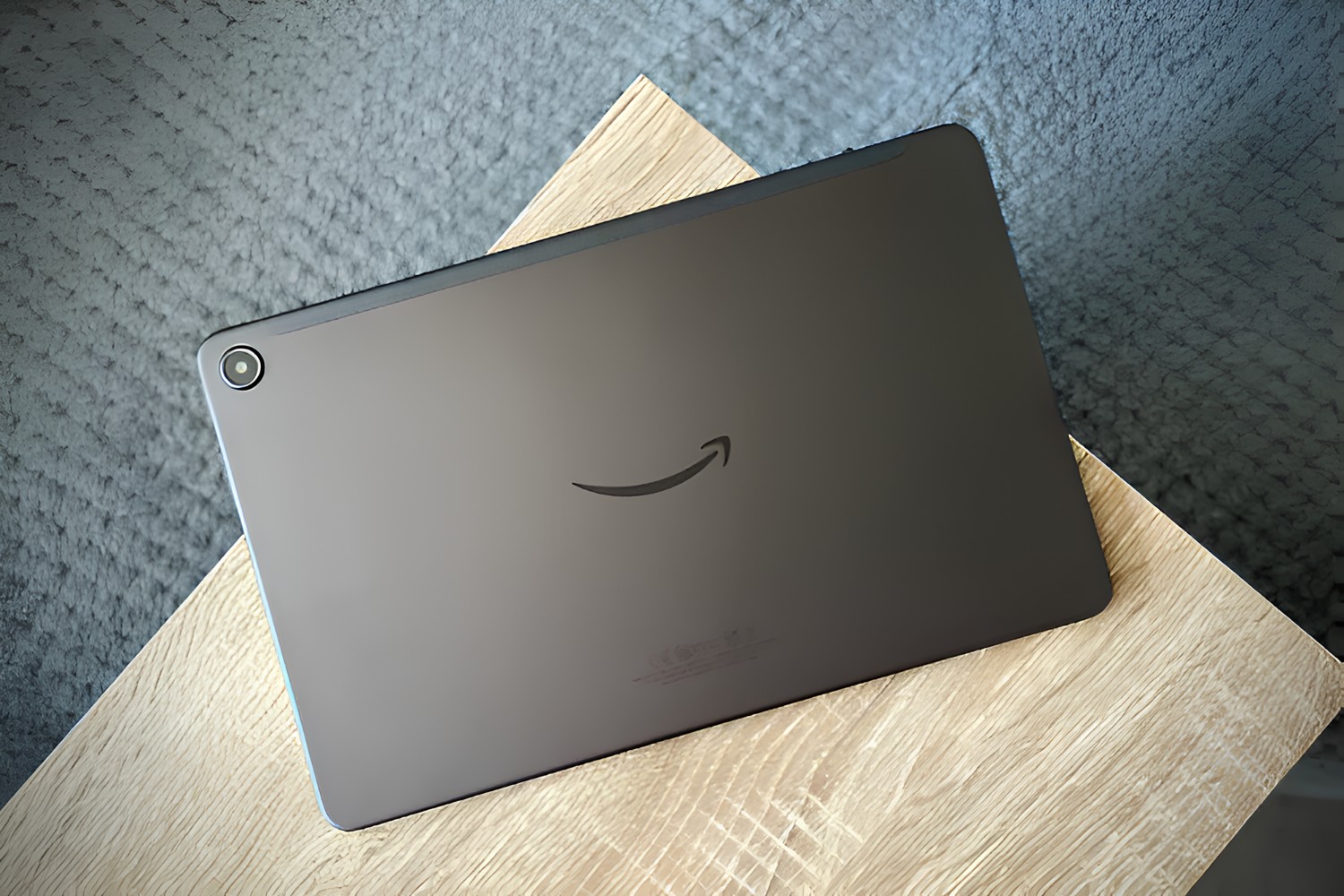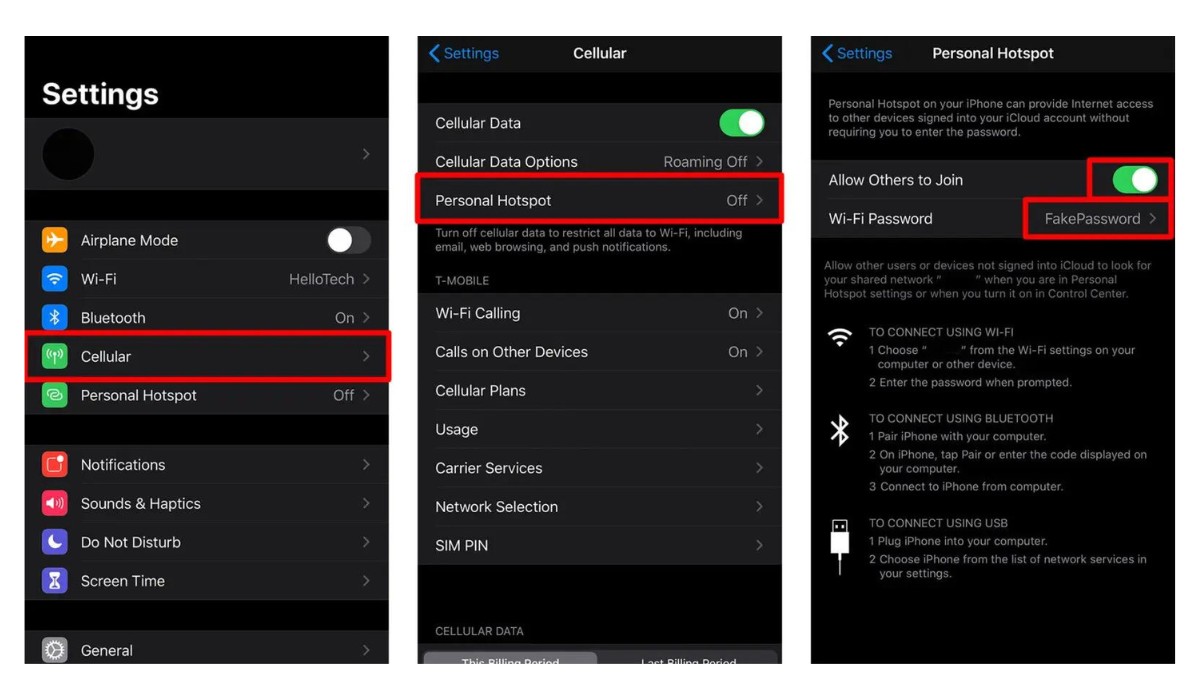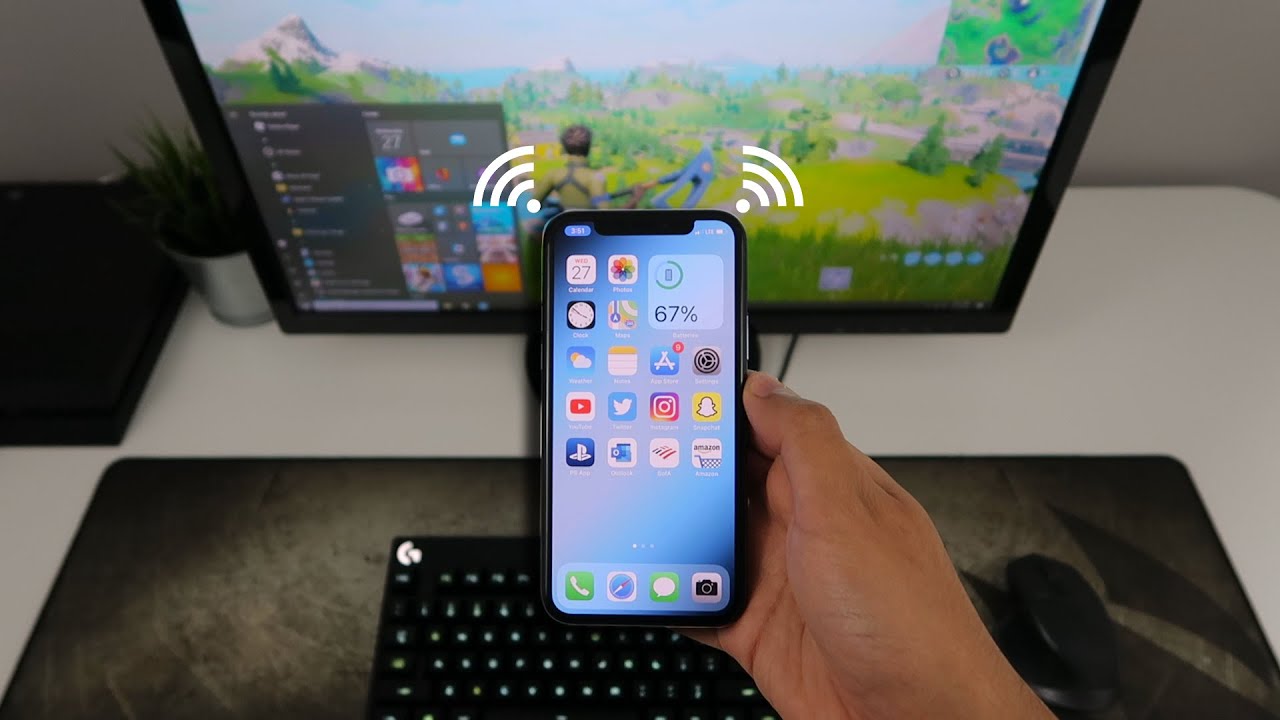Check for Cellular Data Connection
When troubleshooting issues with your iPhone's hotspot not working, the first step is to check the cellular data connection. Your iPhone's hotspot function relies on a stable cellular data connection to provide internet access to other devices. Without a functioning cellular data connection, the hotspot feature will not work as expected.
To check the cellular data connection, start by ensuring that your iPhone has an active data plan and is within an area with cellular network coverage. If you are in a location with poor signal strength or no cellular coverage, it can impact the performance of the hotspot feature. Moving to an area with better signal reception or waiting until you are within range of a stronger cellular signal can help resolve connectivity issues.
Next, navigate to the Settings app on your iPhone and tap on "Cellular" or "Mobile Data." Here, you can verify if cellular data is enabled for your device. If it is disabled, toggle the switch to enable cellular data. Additionally, you can check the signal strength indicator on the status bar of your iPhone to ensure that you have a strong cellular signal.
If cellular data is enabled and you have a strong signal, but the hotspot still isn't functioning, it may be helpful to perform a quick test by accessing the internet on your iPhone. Open a web browser or launch a mobile app that requires an internet connection to see if you can successfully browse the web or load content. If you encounter issues with accessing the internet on your iPhone, it indicates a potential problem with the cellular data connection that needs to be addressed.
In some cases, the issue may be related to network congestion or temporary service disruptions from your cellular carrier. During peak usage times or in areas with high network traffic, cellular data performance can be affected, impacting the functionality of the hotspot feature. Waiting for network congestion to subside or contacting your carrier for information about any ongoing network issues can help in such scenarios.
By thoroughly checking the cellular data connection on your iPhone and ensuring that it is functioning properly, you can eliminate potential connectivity issues that may be causing the hotspot feature to malfunction. If the cellular data connection is confirmed to be stable and operational, you can proceed with additional troubleshooting steps to pinpoint and resolve the issue with your iPhone hotspot.
Update iPhone Software
Keeping your iPhone's software up to date is crucial for maintaining the optimal performance of its features, including the hotspot functionality. Apple regularly releases software updates that not only introduce new features but also address existing bugs and improve system stability. When encountering issues with your iPhone's hotspot not working, updating the device's software can often resolve underlying software-related issues and enhance overall performance.
To update your iPhone's software, start by ensuring that your device is connected to a stable Wi-Fi network. Access the Settings app on your iPhone, then navigate to "General" and select "Software Update." Here, your device will check for available software updates. If an update is available, you will be prompted to download and install it.
Before proceeding with the update, it's essential to ensure that your iPhone has sufficient battery life or is connected to a power source. Software updates can consume a significant amount of power and may require your device to restart, so having ample battery life or a power source is critical to prevent interruptions during the update process.
Once you initiate the software update, your iPhone will begin downloading the update package. The time required for the download depends on the size of the update and the speed of your internet connection. It's advisable to perform the update when you have a reliable and high-speed internet connection to expedite the process.
After the update is downloaded, your iPhone will proceed with the installation. This phase involves preparing the update, verifying its integrity, and applying the new software to your device. Your iPhone may restart multiple times during the installation process, and it's important to allow the update to complete without interruption.
Upon successful installation, your iPhone will boot up with the updated software version. It's recommended to verify that the update was installed correctly by navigating back to "Settings" > "General" > "Software Update" and confirming that your device is running the latest available software version.
By updating your iPhone's software to the latest version, you ensure that any existing software-related issues that may be affecting the hotspot feature are addressed. Additionally, the update may include performance optimizations and bug fixes that contribute to a more reliable and efficient hotspot functionality.
In the event that updating the iPhone software does not resolve the hotspot issue, it's important to proceed with additional troubleshooting steps to identify and address the root cause of the problem. This may involve restarting the iPhone and hotspot, resetting network settings, checking for carrier settings updates, or seeking assistance from Apple support.
Ensuring that your iPhone is running the latest software version not only enhances the hotspot functionality but also provides access to the latest security patches and improvements, contributing to a more secure and enjoyable user experience.
Restart iPhone and Hotspot
When encountering issues with your iPhone's hotspot not working, performing a restart of both the iPhone and the hotspot can often resolve underlying software glitches and connectivity issues. This simple yet effective troubleshooting step can help refresh the device's settings and network connections, potentially addressing the root cause of the hotspot malfunction.
To initiate the restart, begin by powering off your iPhone. Depending on the iPhone model, you can typically accomplish this by pressing and holding the side button along with either the volume up or volume down button until the power off slider appears on the screen. Slide the power off slider to turn off the device. After the iPhone powers down completely, wait for a few moments before proceeding to the next step.
Once the iPhone is powered off, it's time to restart the hotspot. If your iPhone's hotspot was previously enabled, disable it by navigating to the Settings app, selecting "Personal Hotspot," and toggling the switch to turn it off. After disabling the hotspot, wait for a brief period before re-enabling it. This can be done by revisiting the "Personal Hotspot" settings and toggling the switch to turn it back on. It's important to allow a few moments for the hotspot to initialize and establish network connections after being reactivated.
After restarting the iPhone and re-enabling the hotspot, it's advisable to wait for a few minutes to allow the devices to complete the restart process and establish stable network connections. During this time, you can monitor the iPhone's status bar to ensure that the cellular signal indicator is strong and stable, indicating a reliable network connection.
Subsequently, attempt to connect the device that requires internet access to the iPhone's hotspot. By accessing the Wi-Fi settings on the secondary device, you should be able to locate and connect to the iPhone's hotspot network. Once connected, verify that the secondary device can successfully access the internet and browse web content using the iPhone's hotspot connection.
If the hotspot is functioning as expected after the restart, it indicates that the issue may have been resolved by refreshing the device's settings and network connections. However, if the hotspot problem persists, it may be necessary to proceed with additional troubleshooting steps to pinpoint and address the underlying cause of the issue.
By restarting the iPhone and hotspot, you give the devices an opportunity to reset and re-establish network connections, potentially resolving any transient issues that were impacting the hotspot functionality. This straightforward troubleshooting step can often yield positive results and restore the hotspot feature to its normal operation, allowing you to seamlessly share your iPhone's internet connection with other devices.
Reset Network Settings
Resetting the network settings on your iPhone can serve as a powerful troubleshooting step when dealing with issues related to the hotspot function not working as expected. This process effectively clears the device's network configuration, including Wi-Fi, cellular, and VPN settings, without affecting personal data or media. By resetting the network settings, you essentially return the network-related preferences to their default state, potentially resolving underlying connectivity issues and restoring the proper functionality of the hotspot feature.
To initiate the reset of network settings on your iPhone, begin by accessing the Settings app. Within the Settings menu, navigate to the "General" section, where you will find the "Reset" option. Upon selecting "Reset," you will be presented with various reset options, including "Reset Network Settings."
Before proceeding with the network settings reset, it's essential to understand the implications of this action. Resetting network settings will clear saved Wi-Fi networks, Bluetooth devices, VPN configurations, and cellular settings. As a result, you will need to reconfigure Wi-Fi networks, re-pair Bluetooth devices, and re-enter VPN and cellular settings after the reset is complete. It's advisable to make a note of any essential network-related information or configurations that you may need to re-enter later.
Upon selecting "Reset Network Settings," your iPhone will prompt you to confirm the action. Once confirmed, the device will proceed with resetting the network settings. This process typically takes a few moments to complete, during which the device will restart to apply the changes.
After the network settings reset is finalized, your iPhone will boot up with the network configurations cleared. At this point, you will need to re-establish connections to Wi-Fi networks and re-pair Bluetooth devices as necessary. Additionally, if you were using VPN configurations or had specific cellular settings, you will need to re-enter this information to restore connectivity.
Following the network settings reset, it's crucial to test the hotspot feature to determine if the issue has been resolved. Enable the hotspot on your iPhone and attempt to connect a secondary device to it. Verify that the secondary device can successfully access the internet through the iPhone's hotspot connection. If the hotspot is functioning as expected after the network settings reset, it indicates that the underlying connectivity issues have been addressed, and the hotspot feature is back to its normal operation.
By resetting the network settings on your iPhone, you effectively clear potential network-related configurations or glitches that may have been impacting the hotspot functionality. This comprehensive reset provides a fresh start for the device's network connections, often resulting in a more stable and reliable performance of the hotspot feature.
If the hotspot issue persists even after resetting the network settings, it may be necessary to explore additional troubleshooting steps or seek assistance from Apple support to further diagnose and address the underlying cause of the problem.
Check for Carrier Settings Update
Checking for carrier settings updates on your iPhone is an essential step in troubleshooting issues related to the hotspot function not working as expected. Carrier settings updates are released by cellular network providers to deliver improvements, optimizations, and crucial configurations that ensure seamless connectivity and performance on their networks. By verifying and installing the latest carrier settings updates, you can address potential network-related issues that may be impacting the functionality of the hotspot feature.
To check for carrier settings updates on your iPhone, navigate to the Settings app and select the "General" option. Within the General settings, tap on "About." Here, your device will automatically check for available carrier settings updates. If an update is available, a prompt will appear, indicating that a carrier settings update is ready to be installed. It's important to ensure that your iPhone is connected to a stable Wi-Fi network before proceeding with the update to prevent any potential interruptions during the installation process.
Installing the carrier settings update is a straightforward process. Simply follow the on-screen prompts to download and install the update. Depending on the size of the update and your internet connection speed, the installation process may take a few moments to complete. It's advisable to allow the update to finalize without interrupting the process to ensure that the latest carrier settings are successfully applied to your device.
After installing the carrier settings update, it's beneficial to restart your iPhone to allow the changes to take effect. This can be done by powering off the device and then powering it back on. Once the iPhone has restarted, you can proceed to test the hotspot functionality by enabling the hotspot and attempting to connect a secondary device to it. Verify that the secondary device can establish a connection and access the internet through the iPhone's hotspot.
By checking for and installing the latest carrier settings updates, you ensure that your iPhone is equipped with the most current network configurations and optimizations provided by your cellular carrier. These updates play a crucial role in maintaining consistent and reliable connectivity, which directly impacts the performance of the hotspot feature.
If the hotspot issue persists even after installing the carrier settings update, it may be necessary to explore additional troubleshooting steps or seek assistance from Apple support to further diagnose and address the underlying cause of the problem. However, by staying proactive in checking for and applying carrier settings updates, you contribute to the overall stability and efficiency of your iPhone's connectivity features, including the hotspot functionality.
Contact Apple Support
If you have diligently followed the troubleshooting steps outlined above and the issue with your iPhone's hotspot persists, it may be time to seek assistance from Apple support. Contacting Apple support provides you with access to expert guidance and technical assistance to address the specific challenges you are facing with your iPhone's hotspot functionality.
To reach Apple support, you have several convenient options available. One of the most accessible channels is through the Apple Support app, which allows you to initiate a chat session with a support representative directly from your iPhone. The app provides a user-friendly interface for describing your issue and engaging in real-time conversations with Apple's support team. This method offers the advantage of receiving immediate assistance while having the flexibility to communicate at your convenience.
Another avenue to connect with Apple support is through the official Apple website, where you can access support resources, schedule a call with a support representative, or arrange for service and repairs. The website offers a wealth of troubleshooting guides and articles that may offer additional insights into resolving hotspot issues. Additionally, you can explore community forums where fellow Apple users and support experts share valuable tips and solutions.
If you prefer direct communication, you can contact Apple support by phone. Apple's customer support hotline provides the opportunity to speak with a knowledgeable support agent who can guide you through troubleshooting steps, provide personalized assistance, and escalate your case if further intervention is necessary. When contacting Apple support by phone, it's helpful to have your device's serial number and a detailed description of the hotspot issue ready to facilitate a swift and effective resolution.
For those who prefer in-person support, Apple's retail stores and authorized service providers offer face-to-face assistance for troubleshooting and technical support. Visiting an Apple store or an authorized service provider allows you to have your device assessed by certified technicians who can diagnose and address the hotspot issue while providing personalized recommendations and solutions.
When engaging with Apple support, it's beneficial to communicate your troubleshooting efforts and the specific symptoms you are experiencing with the hotspot feature. Providing a clear and detailed account of the issue enables the support team to tailor their assistance to your unique situation, leading to a more efficient and targeted resolution.
By reaching out to Apple support, you tap into a wealth of expertise and resources dedicated to ensuring the optimal performance of your iPhone's features, including the hotspot functionality. The support team's commitment to customer satisfaction and technical excellence empowers you to overcome challenges and enjoy a seamless and reliable experience with your iPhone's hotspot.
If you have diligently followed the troubleshooting steps outlined above and the issue with your iPhone's hotspot persists, it may be time to seek assistance from Apple support. Contacting Apple support provides you with access to expert guidance and technical assistance to address the specific challenges you are facing with your iPhone's hotspot functionality.
To reach Apple support, you have several convenient options available. One of the most accessible channels is through the Apple Support app, which allows you to initiate a chat session with a support representative directly from your iPhone. The app provides a user-friendly interface for describing your issue and engaging in real-time conversations with Apple's support team. This method offers the advantage of receiving immediate assistance while having the flexibility to communicate at your convenience.
Another avenue to connect with Apple support is through the official Apple website, where you can access support resources, schedule a call with a support representative, or arrange for service and repairs. The website offers a wealth of troubleshooting guides and articles that may offer additional insights into resolving hotspot issues. Additionally, you can explore community forums where fellow Apple users and support experts share valuable tips and solutions.
If you prefer direct communication, you can contact Apple support by phone. Apple's customer support hotline provides the opportunity to speak with a knowledgeable support agent who can guide you through troubleshooting steps, provide personalized assistance, and escalate your case if further intervention is necessary. When contacting Apple support by phone, it's helpful to have your device's serial number and a detailed description of the hotspot issue ready to facilitate a swift and effective resolution.
For those who prefer in-person support, Apple's retail stores and authorized service providers offer face-to-face assistance for troubleshooting and technical support. Visiting an Apple store or an authorized service provider allows you to have your device assessed by certified technicians who can diagnose and address the hotspot issue while providing personalized recommendations and solutions.
When engaging with Apple support, it's beneficial to communicate your troubleshooting efforts and the specific symptoms you are experiencing with the hotspot feature. Providing a clear and detailed account of the issue enables the support team to tailor their assistance to your unique situation, leading to a more efficient and targeted resolution.
By reaching out to Apple support, you tap into a wealth of expertise and resources dedicated to ensuring the optimal performance of your iPhone's features, including the hotspot functionality. The support team's commitment to customer satisfaction and technical excellence empowers you to overcome challenges and enjoy a seamless and reliable experience with your iPhone's hotspot.







